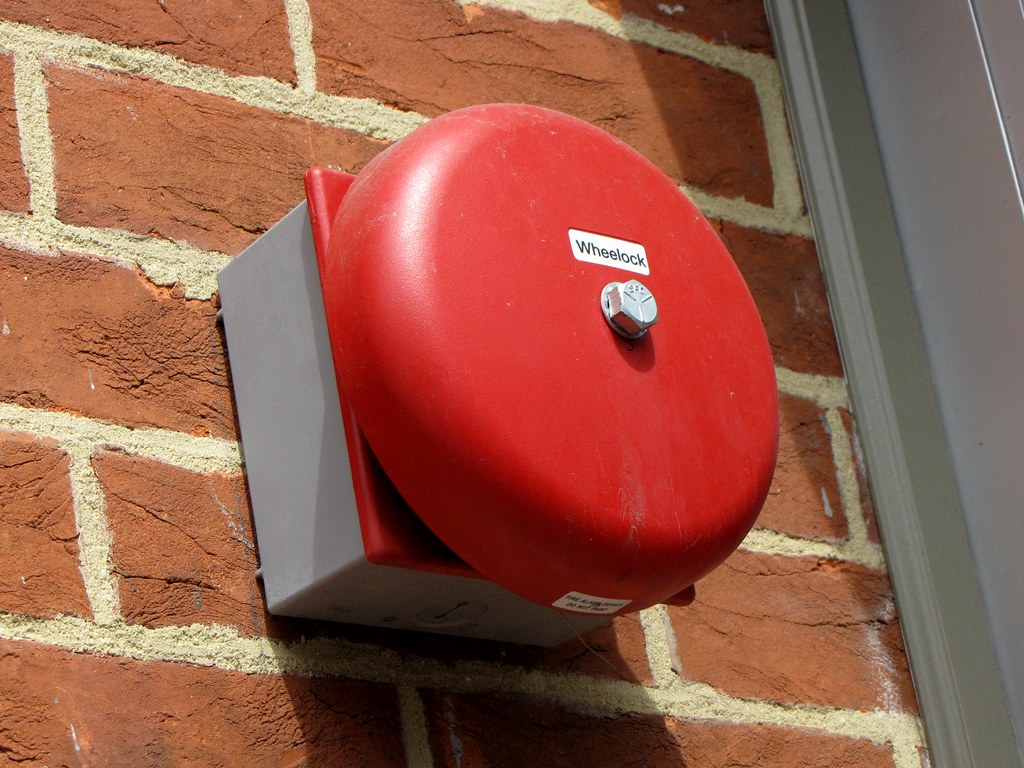The Wheelock Bell is not just a piece of equipment; it symbolizes the intersection of history, technology, and community engagement. This fascinating device has been a significant part of various institutions, from schools to churches, marking the passing of time and calling people to attention. In this article, we will explore the origins of the Wheelock Bell, its various applications, and its lasting influence on our daily lives.
As we delve into the topic, we will uncover the craftsmanship behind these bells, the technology that powers them, and their role in modern society. The Wheelock Bell has evolved over the years, yet its essence remains unchanged. From its inception to its current usage, this bell continues to resonate with significance.
Join us on this journey as we examine the Wheelock Bell in detail, exploring its historical background, the technology involved, and its relevance in contemporary settings. By the end of this article, you will not only appreciate the Wheelock Bell as a mere instrument but as a pivotal component of community life.
Table of Contents
- 1. History of the Wheelock Bell
- 2. Design and Craftsmanship
- 3. Function and Purpose of the Wheelock Bell
- 4. Modern Uses of the Wheelock Bell
- 5. Technology Behind the Wheelock Bell
- 6. Cultural Impact of the Wheelock Bell
- 7. Maintenance and Care for Wheelock Bells
- 8. Conclusion
1. History of the Wheelock Bell
The Wheelock Bell has a rich history that dates back several centuries. Originally designed for signaling purposes, these bells were commonly used in educational institutions and churches. The development of the Wheelock Bell is attributed to the need for a reliable and audible means of communication in large public spaces.
Historically, bells have served various purposes: from marking the time to calling people to gatherings. The Wheelock Bell's unique design and sound quality allowed it to be a preferred choice for many institutions. The bell's name is derived from its inventor, a craftsman dedicated to creating durable and effective signaling devices.
1.1 The Evolution of Bell Design
Over the years, the design of the Wheelock Bell has evolved significantly:
- Early Designs: The first versions were made of bronze and were hand-crafted, resulting in a rich, resonant sound.
- Modern Designs: Today's Wheelock Bells often incorporate advanced materials and technologies while maintaining traditional aesthetics.
2. Design and Craftsmanship
The design of the Wheelock Bell is crucial to its function and sound quality. Crafted with precision, these bells are typically made from high-quality metals, ensuring durability and resonance.
2.1 Key Components of Wheelock Bells
- Bell Body: The main part of the bell that produces sound.
- Clapper: The internal mechanism that strikes the bell, generating sound.
- Mounting Hardware: Essential for installation, ensuring the bell is securely positioned for optimal performance.
3. Function and Purpose of the Wheelock Bell
The Wheelock Bell serves multiple functions, which include:
- Timekeeping: Traditionally used to signal the start and end of classes, as well as breaks in educational institutions.
- Gathering Calls: Employed in churches and community centers to call people to events or services.
- Alert Signals: In some cases, these bells are used for emergencies or special announcements.
4. Modern Uses of the Wheelock Bell
In contemporary society, the Wheelock Bell remains relevant. It is often found in:
- Schools: Marking periods and signaling transitions.
- Churches: Enhancing the atmosphere during services and special occasions.
- Public Events: Used as a tool for gathering participants or signaling the start of an event.
5. Technology Behind the Wheelock Bell
The Wheelock Bell incorporates various technologies that enhance its functionality:
- Electronic Systems: Many modern Wheelock Bells utilize electronic mechanisms for improved sound projection and control.
- Durability Features: Innovations in materials have led to bells that withstand environmental elements better than their predecessors.
6. Cultural Impact of the Wheelock Bell
The Wheelock Bell has a significant cultural impact, especially in community settings. It represents:
- Tradition: Many communities have established traditions around the ringing of bells, especially during holidays and significant events.
- Identity: Schools and churches often incorporate bells into their identity, symbolizing unity and community spirit.
7. Maintenance and Care for Wheelock Bells
Proper maintenance is critical for the longevity of Wheelock Bells. Here are some essential tips:
- Regular Inspections: Check for wear and tear, especially on the clapper and mounting hardware.
- Cleaning: Keep the bell surface clean to prevent corrosion and maintain sound quality.
- Professional Servicing: Consider hiring professionals for thorough maintenance and repairs.
8. Conclusion
In summary, the Wheelock Bell is much more than a simple signaling device. Its history, design, and cultural significance make it an essential part of community life. As we have discussed, the Wheelock Bell continues to serve various functions in modern society, adapting to technological advancements while retaining its traditional roots.
We invite you to share your thoughts on the Wheelock Bell. Have you encountered one in your community? Please leave your comments below or share this article with others who might find it interesting. For more articles on similar topics, feel free to explore our site.
Final Thoughts
The Wheelock Bell reminds us of the importance of community and tradition in our fast-paced world. We hope you enjoyed learning about this remarkable instrument, and we look forward to sharing more insights with you in the future!
North Roasts Kim: The Rise Of A Coffee Culture Phenomenon
Jade Teen BBC: The Rising Star Of British Television
Unveiling The Future: An In-Depth Look At The Robot Sophia Interview


